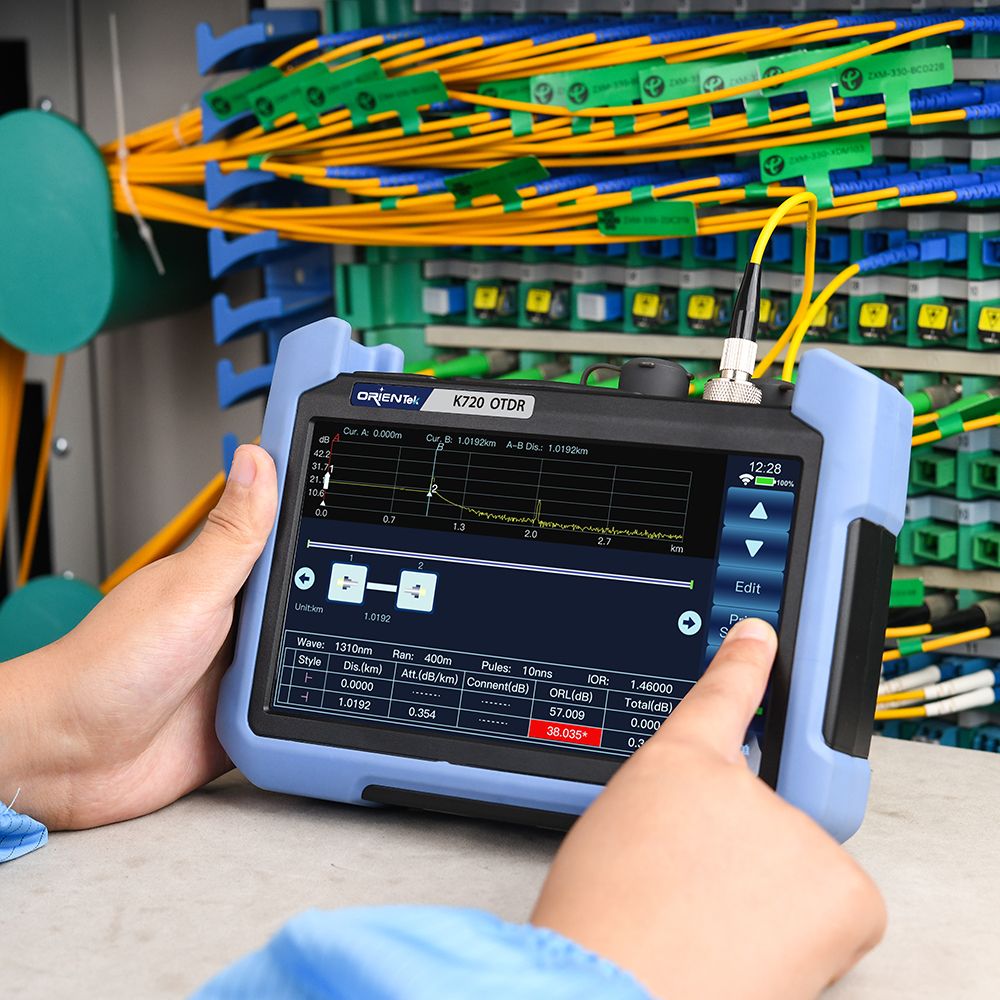When testing optical cables, there are two commonly used tools: OTDR and optical power meter. Surprisingly, they can produce completely different results. An optical power meter measures the received optical power, while an optical time domain reflectometer (OTDR) uses backscattered reflection to provide length and loss.

Why is there such a big difference? Using a optical power meter, you will know if the fiber is cut or damaged during transmission, because you will notice a certain degree of waste. With OTDR, you will know the distance to the interruption point or whether you have reached the required test point. The disadvantage is that if consumption is required, OTDR is not as accurate as a power meter. Another benefit of optical power meters is that OTDRs sometimes miss sources of signal loss, such as fiber misalignment. If there is a transmitting cable, you will also get different readings between the OTDR and the power meter.

Both OTDR and optical power meter have their advantages and uses, so most fiber optic companies will have both when testing fiber optic cables. When a reliable, repeatable and accurate test of the overall loss is required, some people will choose to use a optical power meter. OTDR is ideal for finding faults and verifying connectors and connections.
Thefo.com, our experience in fiber slicing and testing allows us to know which to use in a specific situation. We use both OTDR and optical power meter equipment to ensure that your fiber optic project is a huge success. Contact us now to learn more about our services.

